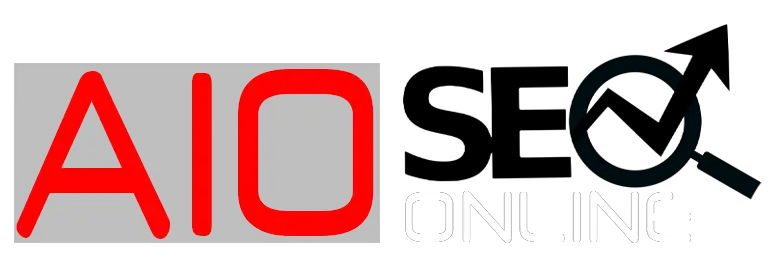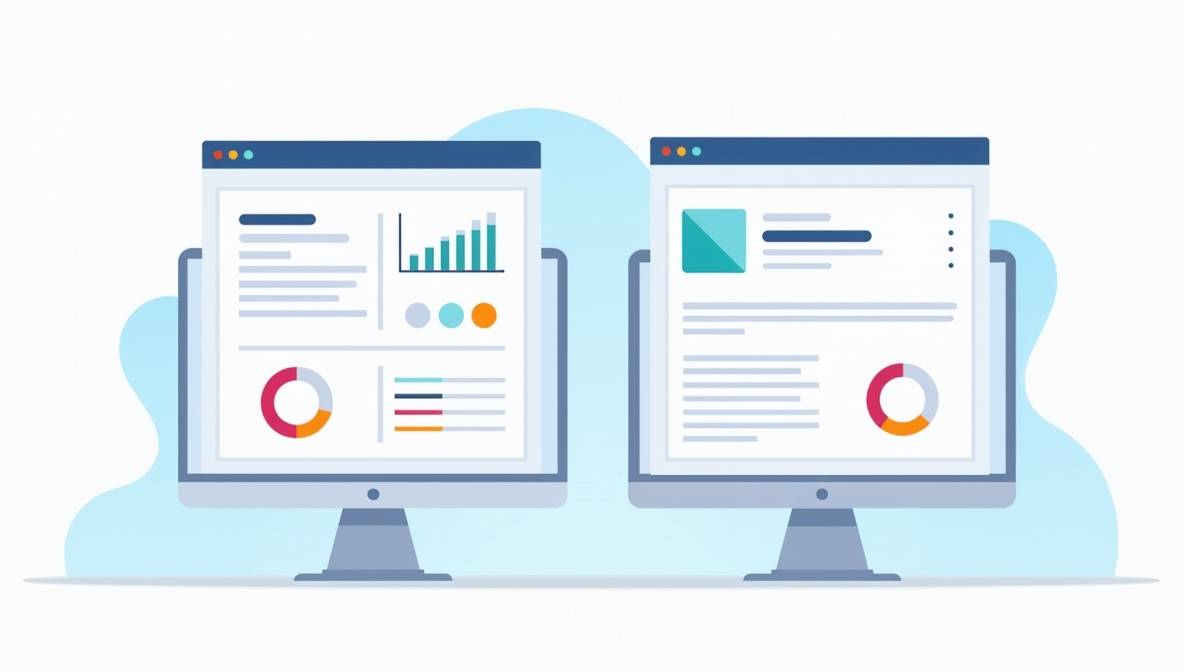Plagiarism checker vs. article rewriter is a common debate among content creators, SEO specialists, and webmasters. Both tools serve distinct purposes in maintaining original content, improving readability, and enhancing website ranking. At All in One SEO Online, we provide both solutions to ensure your website content remains unique, optimized, and fully compliant with search engine standards.
Understanding Plagiarism Checkers
A plagiarism checker scans your content against online sources, databases, and previously published work to detect similarities. This is essential for maintaining originality and avoiding potential SEO penalties due to duplicate content.
Key Features:
- Detects copied content from multiple sources.
- Generates similarity reports with percentage metrics.
- Supports various file formats and online text input.
- Integrates with SEO strategies to maintain unique content.
Using a plagiarism checker is crucial when publishing blog posts like Plagiarism Detection: Create Original Content or optimizing WordPress sites for ranking with WordPress SEO.
Advantages:
| Feature | Benefit |
|---|---|
| Detects duplicate text | Ensures originality and compliance. |
| Generates reports | Helps track content issues before publication. |
| SEO protection | Reduces risk of penalties from search engines. |
Understanding Article Rewriters
An article rewriter, also known as a content spinner, modifies existing content to create new variations while maintaining meaning. This tool is useful when you need multiple versions of content for blogs, SEO campaigns, or social media.
Key Features:
- Rephrases sentences while preserving the main idea.
- Offers synonym suggestions for words and phrases.
- Maintains readability for human users and search engines.
- Supports bulk rewriting for larger content volumes.
Article rewriters are ideal for expanding ideas across posts like Make Money with Google AdSense on WordPress or for enhancing SEO metadata with AI SEO Meta Title Generator and AI SEO Meta Description Generator.
Advantages:
| Feature | Benefit |
|---|---|
| Generates unique variations | Useful for content repurposing. |
| Improves SEO potential | Reduces internal duplicate content. |
| Saves time | Faster than manual rewriting. |
Plagiarism Checker vs. Article Rewriter: Key Differences
While both tools aim to support content creation, they are not interchangeable. Understanding their differences helps determine which tool fits your workflow:
| Aspect | Plagiarism Checker | Article Rewriter |
|---|---|---|
| Purpose | Detects copied content | Creates alternative content versions |
| Focus | Originality verification | Content variation and SEO optimization |
| Usage | Before publishing content | When repurposing or updating content |
| Outcome | Reports similarity percentages | Produces readable rewritten content |
| Integration | Plagiarism Checker | Article Rewriter |
Using them together maximizes content quality. Check originality with a plagiarism checker, then refine with an article rewriter to improve semantic relevance and SEO performance.
Semantic SEO Benefits
Combining plagiarism detection and content rewriting supports semantic SEO. Semantic optimization improves search engine understanding of content context and meaning. Key practices include:
- Using semantic keywords related to your topic.
- Creating structured content that search engines can interpret.
- Optimizing metadata, titles, and descriptions for context.
Tools like Keyword CPC Calculator, AI Keyword Cluster Ideas, and Meta Tags Analyzer complement this workflow, ensuring content is discoverable and relevant.
When to Use Each Tool
Choosing between a plagiarism checker and article rewriter depends on content goals:
- Plagiarism Checker: Essential for publishing blog posts, academic articles, or guest content. Ensures originality and protects SEO ranking.
- Article Rewriter: Ideal for repurposing existing content, generating variations for marketing campaigns, or creating multiple versions of website pages.
A recommended workflow is:
- Draft content or import existing content.
- Run a plagiarism check using AIOSEO Plagiarism Checker.
- Rewrite sections needing originality with AIOSEO Article Rewriter.
- Optimize semantic SEO using AI SEO Meta Title Generator and AI SEO Meta Description Generator.
This ensures content is unique, optimized, and ready to publish on platforms like WordPress.
Common Challenges
| Challenge | Solution |
|---|---|
| Duplicate content detected | Rewrite affected sections and recheck with plagiarism tool. |
| Low readability after rewriting | Edit manually to improve flow while maintaining SEO. |
| Keyword dilution | Integrate semantic keywords naturally in rewritten content. |
Regular audits using Keyword Position Checker and Meta Tags Analyzer can prevent SEO issues and maintain high content quality.
Integrating Both Tools in SEO Strategy
- Use plagiarism checker reports to identify potential problem areas.
- Rewriter tools allow creating multiple unique versions for internal pages, blogs, and outreach content.
- Complement with other AIOSEO tools like Backlink Maker and Robots.txt Generator for holistic optimization.
- Monitor organic performance via Google Index Checker and Alexa Rank Checker.
This integrated approach ensures websites like Get First Page of Google with Backlinks or Fix Invalid Traffic Sources achieve maximum search visibility.
Conclusion
Plagiarism checker vs. article rewriter serves distinct yet complementary purposes. For maintaining originality and SEO compliance, start with a plagiarism checker. For generating multiple content versions and improving semantic SEO, an article rewriter is more effective. Using both tools together ensures content is unique, optimized, and aligned with modern SEO practices.
At All in One SEO Online, these tools are accessible free, fast, and integrated into a larger suite of over 50 SEO utilities. Enhance content quality, protect originality, and boost search performance with tools like Meta Tag Generator, Keyword Density Checker, and Page Speed Checker.

